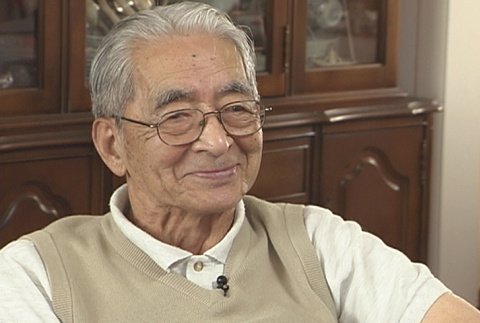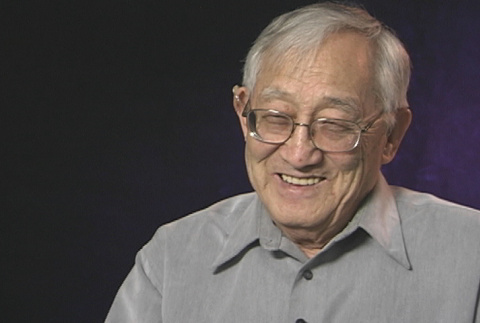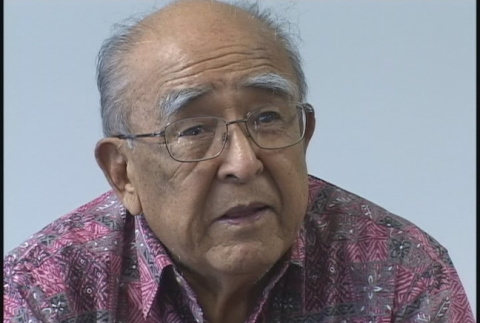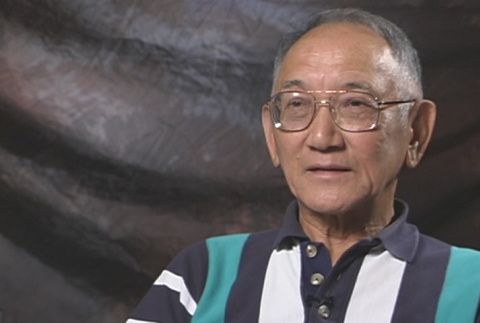Railroads
When the 1882 Chinese Exclusion Act ended the immigration of workers from China, railroad companies turned to the Japanese to fill the void. Labor contracting companies such as Furuya and Tobo recruited workers for the Northern Pacific and Great Northern railways. Issei (Japanese immigrant) men were primarily manual laborers, working ten-hour days laying tracks.
Industry and employment
(481)
Railroads
(95)
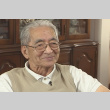
This interview was conducted as part of a project to capture stories of the Japanese American community of Spokane, Washington. Densho worked in collaboration with the Northwest Museum of Arts and Culture.

This interview was conducted as part of a project to capture stories of the Japanese American community of Spokane, Washington. Densho worked in collaboration with the Northwest Museum of Arts and Culture.

This interview was conducted as part of a project to capture stories of the Japanese American community of Spokane, Washington. Densho worked in collaboration with the Northwest Museum of Arts and Culture.

This interview was conducted as part of a project to capture stories of the Japanese American community of Spokane, Washington. Densho worked in collaboration with the Northwest Museum of Arts and Culture.
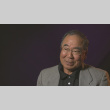



This material is based upon work assisted by a grant from the Department of the Interior, National Park Service. Any opinions, finding, and conclusions or recommendations expressed in this material are those of the author(s) and do not necessarily reflect the views of the Department of …

This material is based upon work assisted by a grant from the Department of the Interior, National Park Service. Any opinions, finding, and conclusions or recommendations expressed in this material are those of the author(s) and do not necessarily reflect the views of the Department of the Interior.

Due to technical difficulties, this interview has audio problems in its second half.

Due to technical difficulties, this interview has audio problems in its second half.

Due to technical difficulties, this interview has audio problems in its second half.

Due to technical difficulties, this interview has audio problems in its second half.

Due to technical difficulties, this interview has audio problems in its second half.

Due to technical difficulties, this interview has audio problems in its second half.

Due to technical difficulties, this interview has audio problems in its second half.

Due to technical difficulties, this interview has audio problems in its second half.

Due to technical difficulties, this interview has audio problems in its second half.

Due to technical difficulties, this interview has audio problems in its second half.

Due to technical difficulties, this interview has audio problems in its second half.
